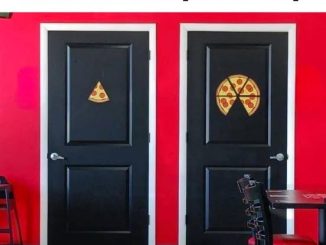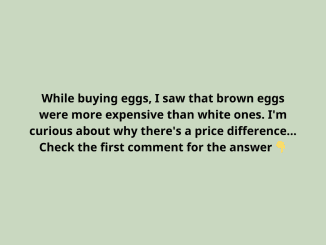We’ve all been there. You bring home a fresh jar of cookies, and you make a noble declaration: “I’ll make these last two weeks.” You even believe it for a second. The jar is full, your willpower is high, and your intentions are pure. Fast-forward exactly 1.5 hours later… the jar is empty, your stomach is full of regret (and chocolate chips), and you’re wondering how this betrayal happened under your own roof.
Why We Always Think We’ll Pace Ourselves (But Don’t)
There’s something about snacks, especially cookies, that overrides logic. In theory, portion control sounds like a breeze. You think you’ll just grab one or two, save the rest for tomorrow, maybe enjoy a treat with your morning coffee. But when temptation is physically visible, logic is nowhere to be found.

Psychologists call this “present bias”—our tendency to overvalue immediate rewards at the expense of long-term intentions. Cookies aren’t just food—they’re soft, chewy promises that today will be better than yesterday. And in that moment, two weeks from now doesn’t exist.
The Cookie-to-Time Ratio: A Math Problem No One Wins
Let’s break this down. Let’s say there are 20 cookies in the jar.
You: “I’ll eat one or two a day.”
Reality: 20 ÷ 1.5 hours = 13.3 cookies per hour.
Add in a stress factor, Netflix, and that “I’ll just have one more” voice in your head, and suddenly you’re staring at a jar of broken dreams.
Why 1.5 Hours Feels Like 5 Minutes in Snack Time
When you’re scrolling your phone, watching a show, or chatting with a friend, time bends. Combine that with eating something delicious, and your brain goes into autopilot. Before you know it, your hand is reaching into an empty jar and your brain says, “Wait… we finished that?”
Mindless eating is a real thing. It’s not that we’re all weak—it’s that our brains are wired for instant gratification and distracted environments don’t help.
Cookies Are Crafted for Weakness—And Marketers Know It
Let’s not forget: cookies are engineered to be addictive. Sugar, fat, and salt work together to hit your brain’s reward system like fireworks. Every bite lights up the dopamine centers, creating a loop of pleasure-seeking behavior.
Video : How It’s Actually Made – Chocolate Chip Cookies
Food scientists design snacks with something called the “bliss point”—the precise combo of sugar and fat that makes you feel amazing. Your body isn’t designed to say no to that. You’re not weak—you’re biologically outmatched.
Tips to Actually Make Cookies Last (If You Dare Try Again)
Okay, so maybe you don’t want this to happen again. Here’s how to outsmart your future self:
1. Pre-Portion Your Treats
Instead of leaving the whole jar on the counter, divide cookies into small containers or zip bags. Keep one out. Hide the rest like they’re state secrets.
2. Don’t Eat Straight From the Jar
Seriously. Pour some onto a plate. If you’re eating from the jar, you’re inviting disaster.
3. Pair With Protein
Eating cookies with something like a glass of milk, a slice of cheese, or nuts can actually slow down the blood sugar spike and make you feel fuller.
4. Walk Away
Physically remove yourself from the kitchen or the snack table. Create space between you and the temptation. Put the jar somewhere annoying to reach.
Video : How to Find Humor in Life’s Absurdity
5. Trick Yourself (Yes, It Works)
Write a sticky note on the jar that says, “You said two weeks, remember?” or even better, put a mirror near the cookies. People eat less when they see themselves eating. It’s weird. It works.
A Moment of Cookie-Fueled Honesty
We all have our “cookie jar” moments—where we overindulge and then pretend we’re surprised. It’s human. And it’s kinda hilarious. The important thing is to laugh, learn, and maybe not trust yourself next time you say, “This will last a while.”
Conclusion: Two Weeks of Cookies in 90 Minutes of Joy
Maybe the jar was empty in an hour and a half, but you got a week’s worth of joy in that time. Life’s short. Eat the cookies (just maybe not all at once).
So next time you look at a full jar and whisper, “Two weeks,” just know—you’re probably lying. And that’s okay.


